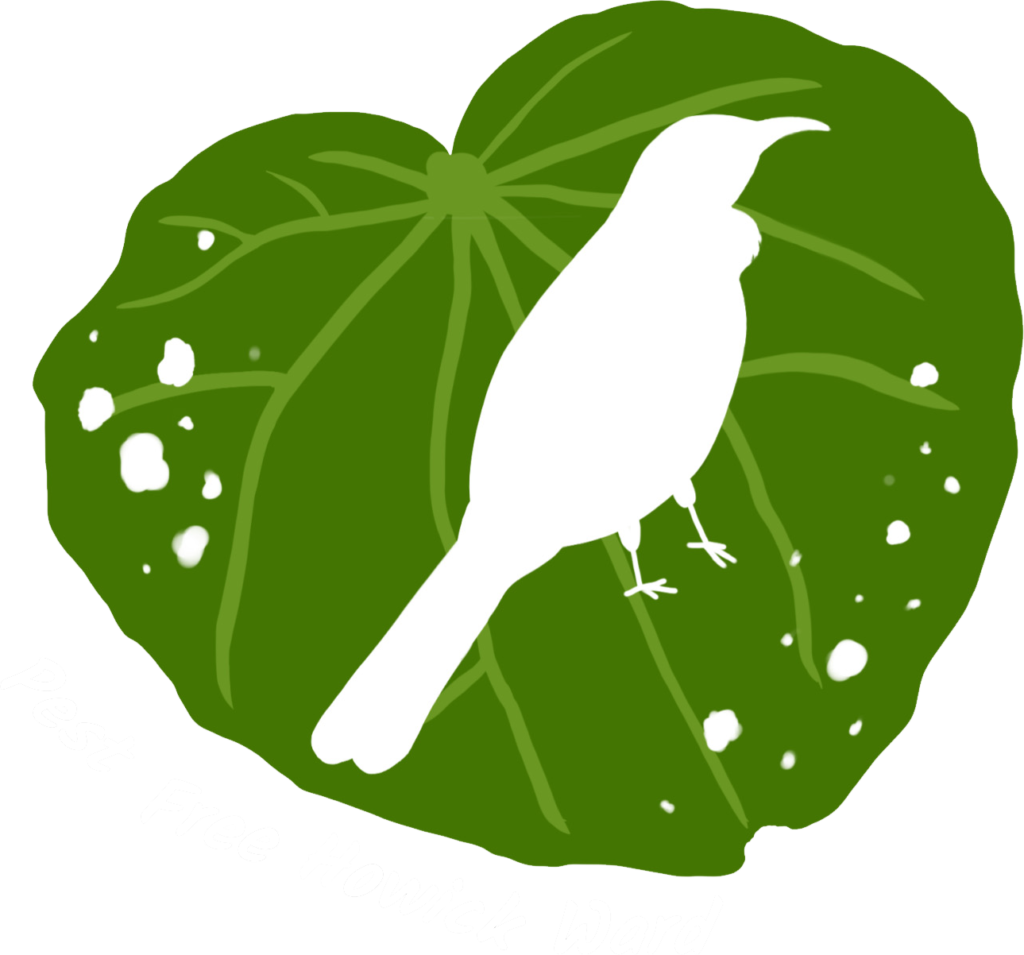
One of the difficult (and somewhat contradictory) questions that we as conservationists must ask ourselves is, ‘how can we build long-term sustainability into our conservation projects?’ In New Zealand, conservation organisations and volunteer groups rely on highly dedicated and motivated support bases to sustain and expand the impact of their efforts. These organisations and groups frequently find themselves educating and inspiring new conservationists to maintain their support bases. However, inspiring others is often easier said than done. Amidst descriptions of a ‘biodiversity crisis’ and dire threatened species statistics (about four from five of New Zealand’s indigenous species are threatened with extinction, or close to reaching that status 1 ) it is easy to feel downbeat.

It is difficult for most New Zealanders to understand the scale of our environmental loss. Just a couple of centuries ago (a blink of an eye in geologic time), rolling rural pastures were once home to towering forests and expansive wetlands. The kākāpō (now confined to just a handful of remote islands) were said to be so abundant that one could shake a tree and have several tumble to the ground. 2 However, unless a person has been fortunate to encounter the last vestiges of New Zealand’s primordial landscapes, it is difficult (if not impossible) to visualise this loss.
To overcome such challenges without demoralising an audience, we can be thoughtful with the stories that we tell. Not only can we tell positive stories that uplift and motivate an audience, but storytelling can also expand our ambitions, reveal what’s possible, and connect people to their local area. A personal favourite of mine is the story of Howick’s korimako (bellbird).3 When European settlers arrived in the 1850s, they were quick to note that the song of the korimako was a charmingly pervasive part of the local landscape. In the 1860s, the korimako were impacted by disease, and their calls were gradually replaced by those of introduced birds like the song thrush and blackbird. Whilst the untimely end of the korimako is saddening, this story allows people to connect to their local place, understand the scale of the loss, and raise the bar of their expectations. It lets us pause and consider questions like:
“Could my backyard once again become a haven for birds like the korimako?”
“How could my trapping, weeding, and replanting play a part in bringing back birds like the korimako?”

Whilst bringing back the korimako to an urban area like the Howick Ward is dizzyingly complex, it is crazy and ambitious thinking that has characterised some of New Zealand’s most successful community conservation projects of recent years. It was a similar vision that saw kiwi returned to Wellington in late 2023. We can raise our expectations without being unrealistic. In some parts of East Auckland, it is not uncommon for vagrant kākā to frequent backyards and reserves. Perhaps ongoing efforts could make this an increasingly common experience?
Stories like these, both past and present, are some of the most effective tools that conservationists possess. It is important that we are considerate with the stories that we tell, and specific about the ways in which we intend to use these stories to inspire and motivate audiences to care for the places in which they live.

- Stats NZ. (2023). Our indigenous species are at risk of extinction. https://stats.govt.nz/news/our-indigenous-species-are-at-risk-of-extinction/#:~:text=The%20graph%20shows%2094%20percent,at%20risk%20of%20becoming%20threatened.
- Douglas, C. (2000). Mr Explorer Douglas: John Pascoe’s New Zealand classic. Canterbury University Press, p. 250.
- La Roche, A. (2021). Owairoa to Howick. Times Media, p. 55.
By Ethan McCormick

© Copyright 2024 - PEST FREE HOWICK WARD
A Howick Local Board funded project
